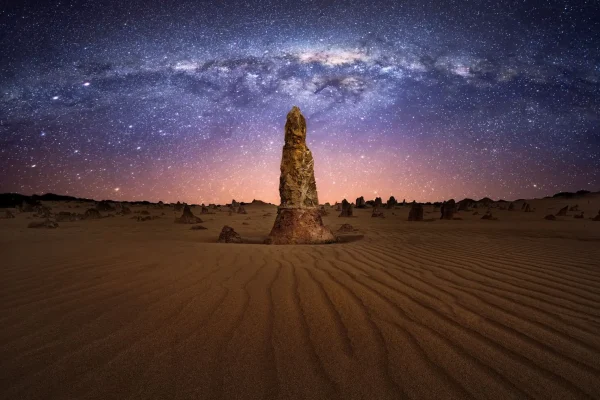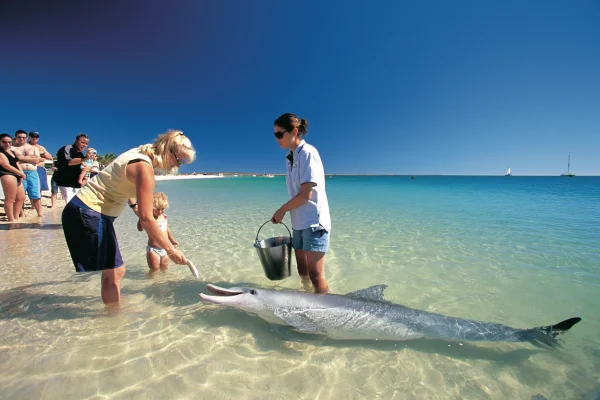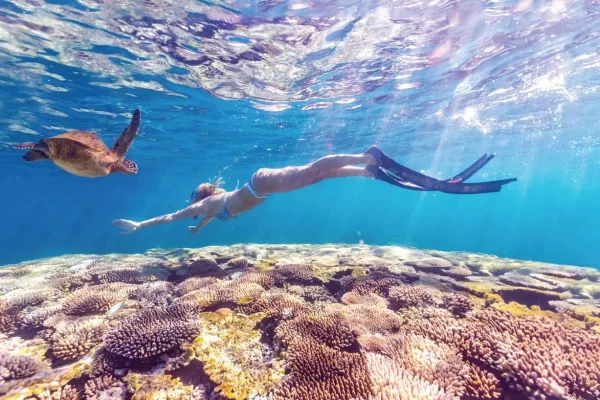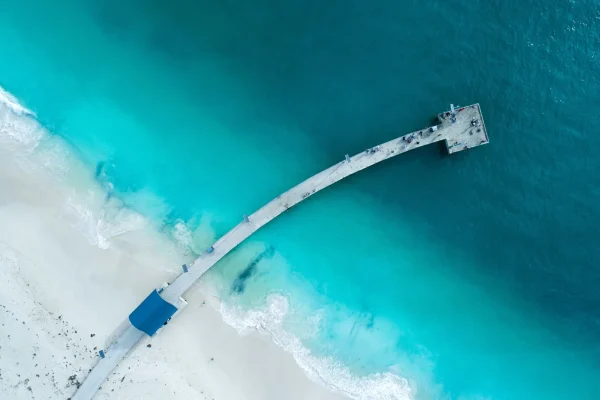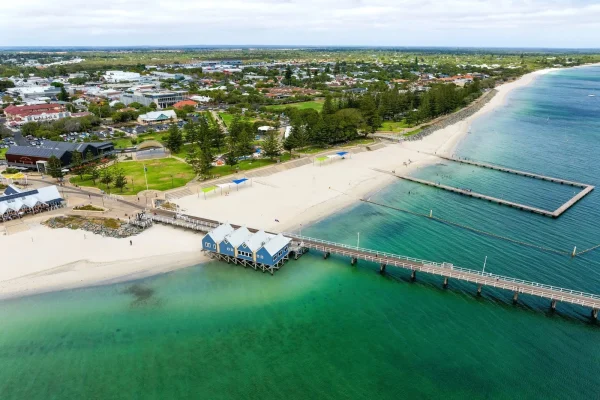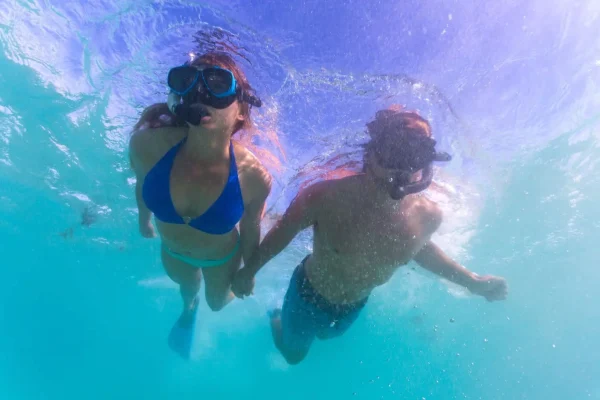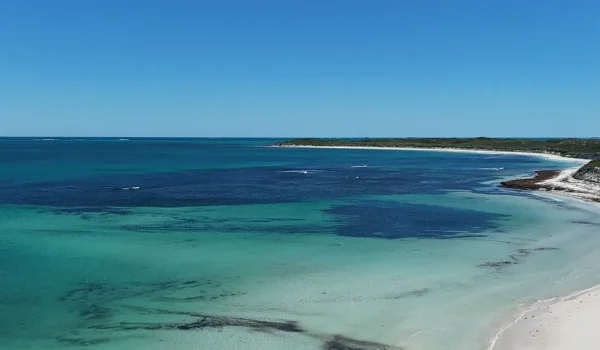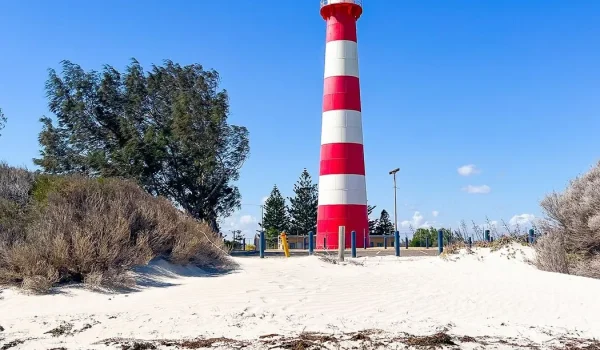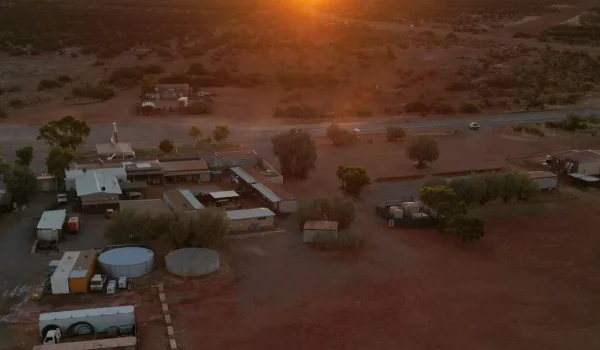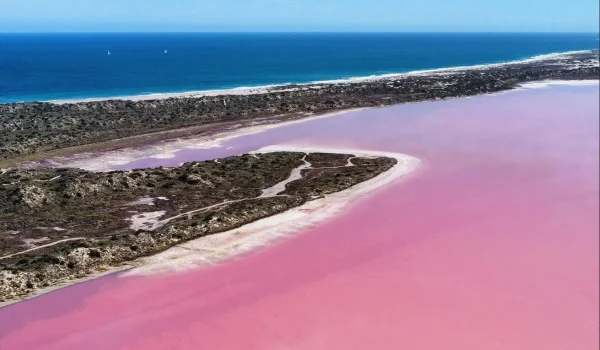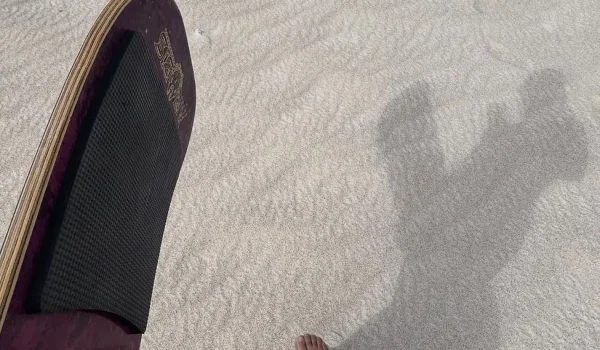Few travel experiences in Western Australia will stop you in your tracks like seeing the Milky Way over the Australian Pinnacles. I’m Paul Beames, and in my years guiding travellers through the west coast, I’ve never lost the thrill of standing in Nambung National Park, camera on tripod, as the galaxy rises above the eerie limestone spikes. Daylight makes this landscape strange enough — spires jutting like ancient teeth out of the desert floor — but after sundown, the Pinnacles become another dimension.
The sky explodes with stars, zodiacal light streaks up from the horizon, and if you’re patient, even dust grains from our Solar System scatter their glow across the darkness. No filter, no Photoshop trickery — just raw night sky.
Where to Capture WA’s Brightest Skies
If you’re after images to hang as a Gallery Print, Master Print, Fine Art Photography piece or even Black & White Prints for a Wall Art Print, the Pinnacles Desert is your studio. Those limestone pillars frame the Milky Way perfectly, giving depth to long exposures that would otherwise just be star fields.
Tips from my own time guiding photographers here:
- Scout in daylight. Walk the tracks early so you can pre-visualise compositions. A well-placed spire turns a standard shot into art.
- Settings matter. Try f/2.8, ISO 3200–6400 and 20–25 second exposures. Adjust if you’re after zodiacal light.
- Foreground tricks. Light-painting a spire with a red torch can create surreal effects without washing out the sky.
- Patience is key. Clouds drift, batteries die, mozzies bite — but if you stick it out, you’ll come home with magic.
And don’t worry if you’re not a pro — I’ve seen travellers shoot stunning frames here with mid-range DSLRs. It’s the combination of Pinnacles Desert formations and ridiculously clear skies that make it so forgiving.
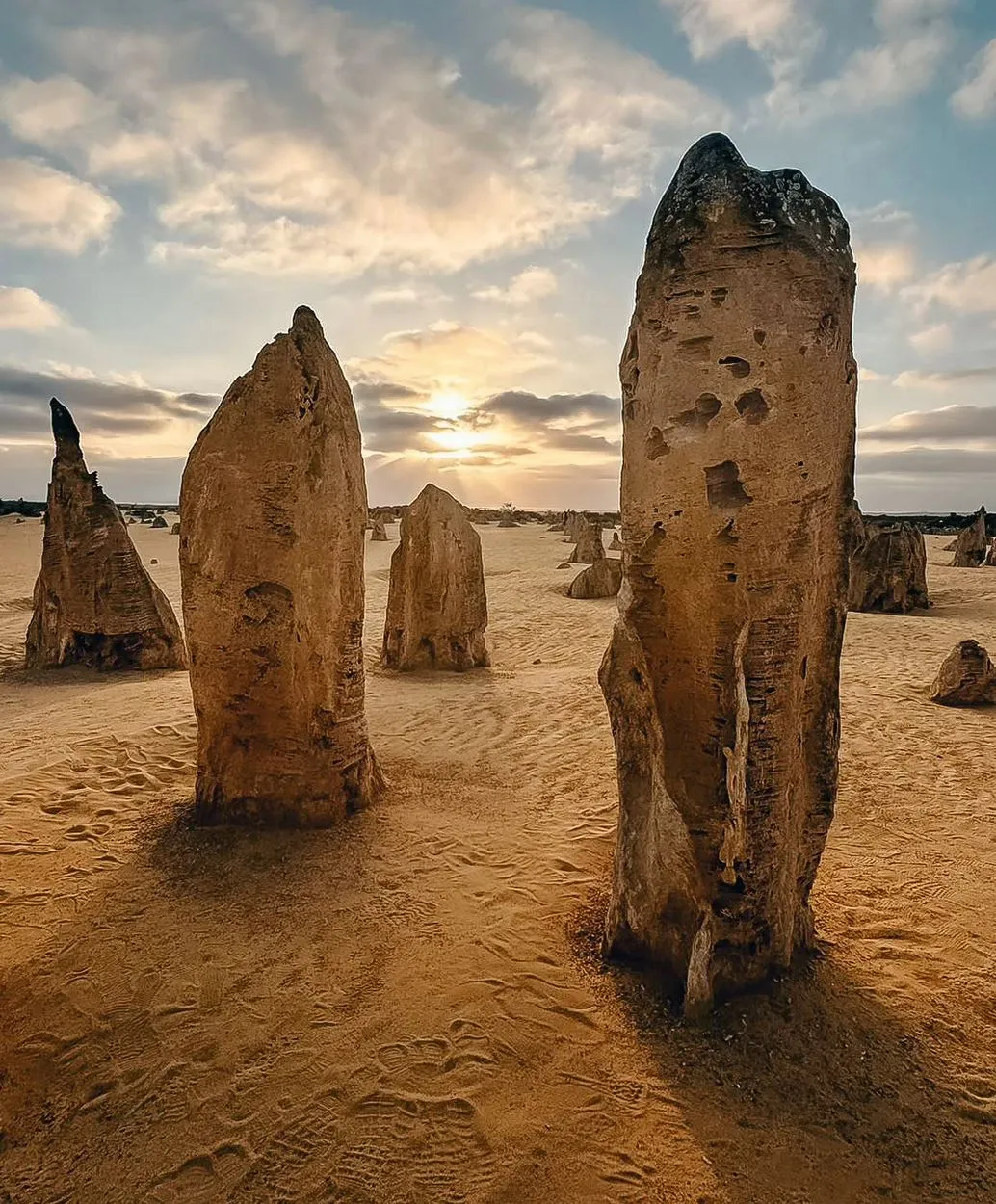
What Makes the Desert Sky So Bright
The reason the Nambung Desert National Park night sky is so good is simple: isolation. The Pinnacles are far from major towns, and light pollution is almost non-existent. Cervantes, the nearest town, is tiny — famous for Western Rock Lobster and the legendary Lobster Shack, where you can devour a plate of fish and chips before your night shoot.
On the Bortle Scale, this area is a Class 2–3. That means you’ll see the Milky Way core blazing bright, zodiacal light streaming up and even interstellar dust grains visible to the naked eye. For most city-based travellers, that’s a lot — it feels like the stars are packed in.
Season (WA)
| Season (WA) | Cloud-free nights (avg) | Milky Way core visibility | Best window |
|---|---|---|---|
| Summer (Dec–Feb) | 12–15 nights/month | Core not visible | Orion, Southern Cross dominate |
| Winter (Jun–Aug) | 18–20 nights/month | Core overhead | 7 pm – 11 pm |
| Autumn (Mar–May) | 15–18 nights/month | Core pre-dawn | 1 am – 4 am |
| Spring (Sep–Nov) | 15–18 nights/month | Core evening | 8 pm – midnight |
Understanding Country Through Aboriginal Stories
The Pinnacles rise from Yued Noongar Country, part of a cultural landscape with stories going back tens of thousands of years. Dreaming stories, not all publicly shared, connect the land and sky — stars, sand dunes, and sea all intertwined.
Remember to respect this connection. Stay on marked tracks, don’t climb the spires and approach the desert as a cultural space, not just a geological oddity. This isn’t just about astrophotography or tourism — it’s about acknowledging and respecting shared Country.
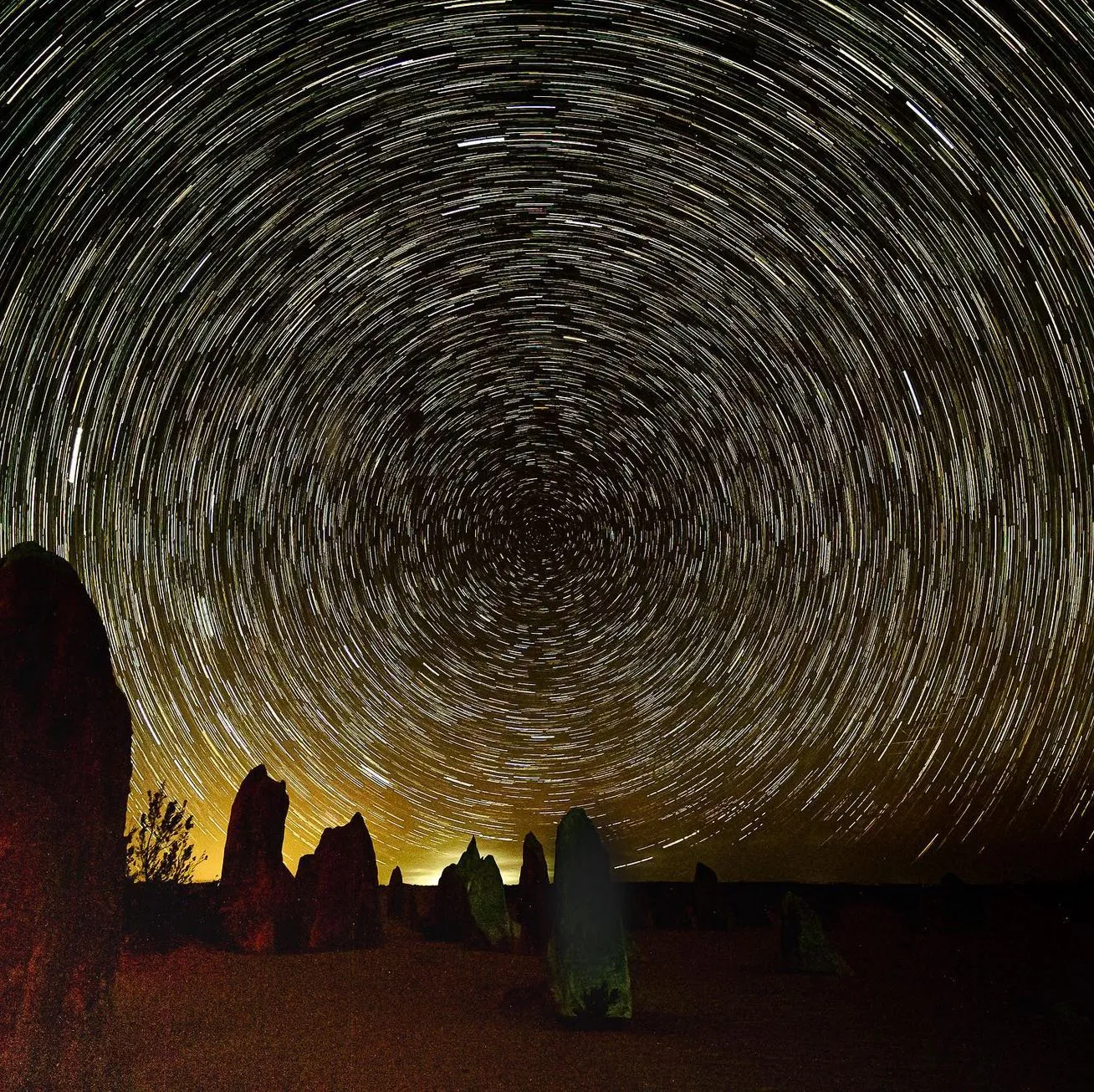

Weather and Seasonal Facts
WA deserts don’t mess around. The Pinnacles will roast you in the day and freeze you to the bone at night.
- Summer: Hot (35°C+), harsh light, Milky Way core absent.
- Winter: Cold nights, single digits, crisp air — prime star viewing.
- Spring/Autumn: The sweet spot — mild temps, clear skies, easy nights out.
Pro tip: even in spring, coastal winds sweep across the desert, so bring layers. I’ve seen more than one traveller underestimate how cold it gets out there.
Getting to the Desert
The drive is half the fun. From Perth, it’s about 200km north along Indian Ocean Drive, with side trips worth the stop:
- Yanchep Lagoon: A quick swim before you hit the open road.
- Lancelin Lookout: Sand dunes rolling to the sea — great for a sunset detour.
- Lake Thetis: Just outside Cervantes, home to ancient stromatolites.
Closest hub is Cervantes — famous for its Western Rock Lobster industry and the Lobster Shack, a ritual stop for many. Get your fish and chips early; the desert after dark won’t feed you.
Most people self-drive or do a 1 Day Pinnacles Tour from Perth. But if your goal is the Milky Way, plan to stay overnight in Cervantes or Jurien Bay — safer than wrestling kangaroos on the highway at 2 am.
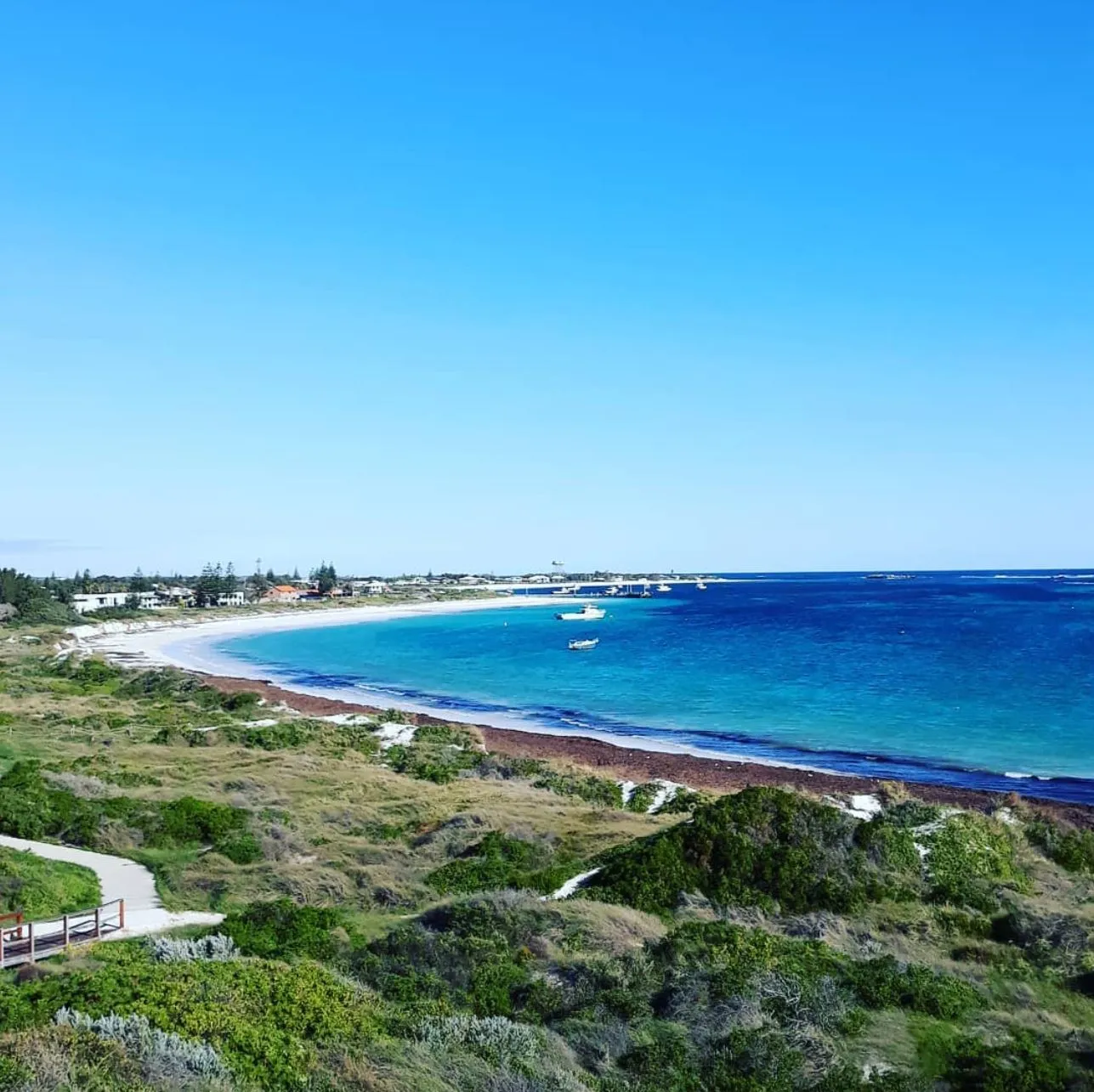

What to Bring for a Night Under the Stars
Forget minimalism. For astro photography at the Pinnacles, you need proper gear and common sense:
- Warm gear: Desert chills bite hard.
- Camera gear: Tripod, wide-angle lens, spare batteries.
- Red torch: Protects your night vision.
- Water/snacks: No shops after hours.
- Navigation: Offline maps — phone signal’s patchy.
- Mozzie repellent: The only way to enjoy a long exposure in peace.
- Sturdy boots: Limestone spikes don’t forgive sandals.
- Optional but morale-boosting: a billy of tea or a cheeky tinnie.
Road Trip Stories
I’ll never forget a midnight arrival after a long haul north. My headlights caught the sand dunes near Cervantes, kangaroos scattered across the track, and then suddenly — the desert opened, the spires silhouetted, and above them, the Milky Way arched like a river of light.
The silence was deafening. A mate pulled out his camera, muttering something about Fine Art Photography, while another just lay in the sand staring upward, whispering “unreal” every five minutes. We drove back at dawn, hungry, dusty, and straight to the Lobster Shack for a plate of grilled crayfish. That’s WA travel at its finest.
Safety and Common-Sense Hacks
The Pinnacles are friendly enough if you keep your wits:
- Stay on track. Easy to lose bearings among limestone.
- Watch for roos and emus. Especially on Indian Ocean Drive at night.
- Don’t drive tired. Overnight runs can be rough as guts.
- Check moon phases. A full moon kills the Milky Way contrast.
- Bring fuel. Cervantes is your last guaranteed servo.
Think ahead, pack smart, and you’ll be fine.
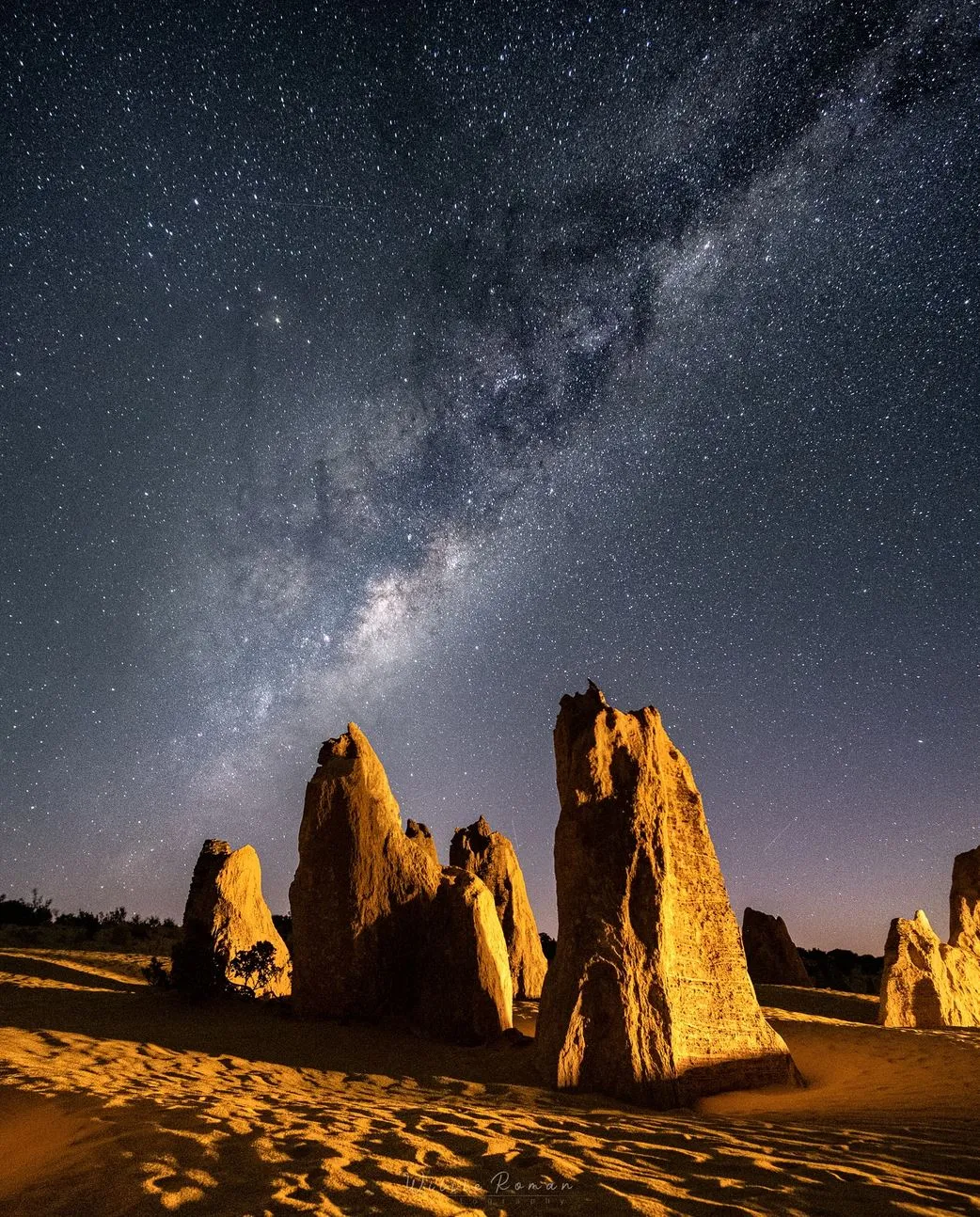
FAQ
Do I need a permit for night photography at the Pinnacles?
You’ll need a valid National Park entry pass. After-hours access is allowed, but stick to marked tracks.
Can I camp inside the Pinnacles Desert?
No. Closest stays are Cervantes and Jurien Bay. Plenty of campgrounds nearby.
What’s the best season for astro photography here?
Winter into spring (June–September). Clear skies, cool nights, Milky Way core overhead.
Can I see the zodiacal light without equipment?
Yes — under dark conditions, you can spot zodiacal light rising like a faint pyramid above the horizon before dawn.
Where’s the best food stop nearby?
Hands down, Lobster Shack in Cervantes. Famous for Western Rock Lobster, and they do cracking fish and chips.

